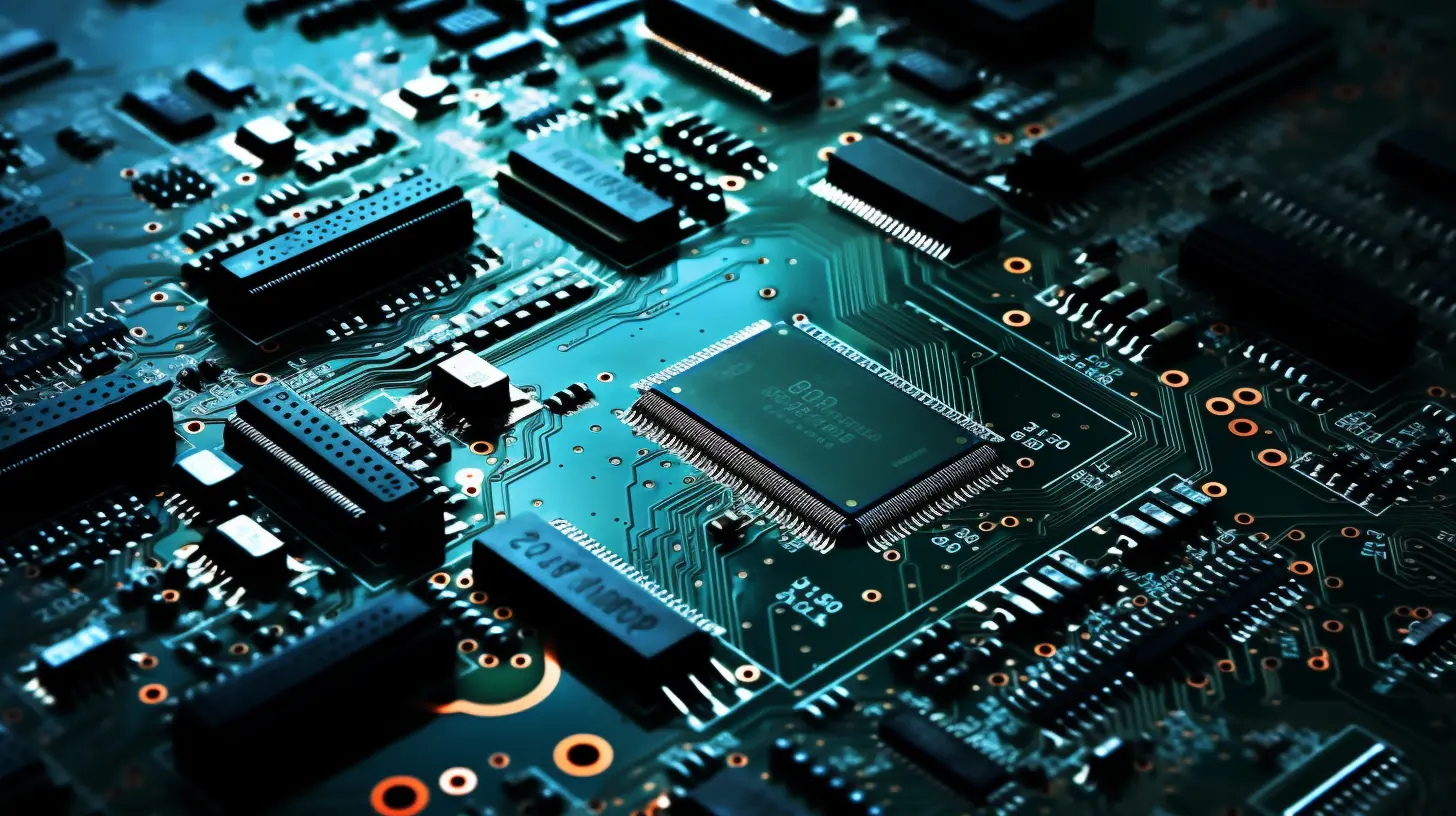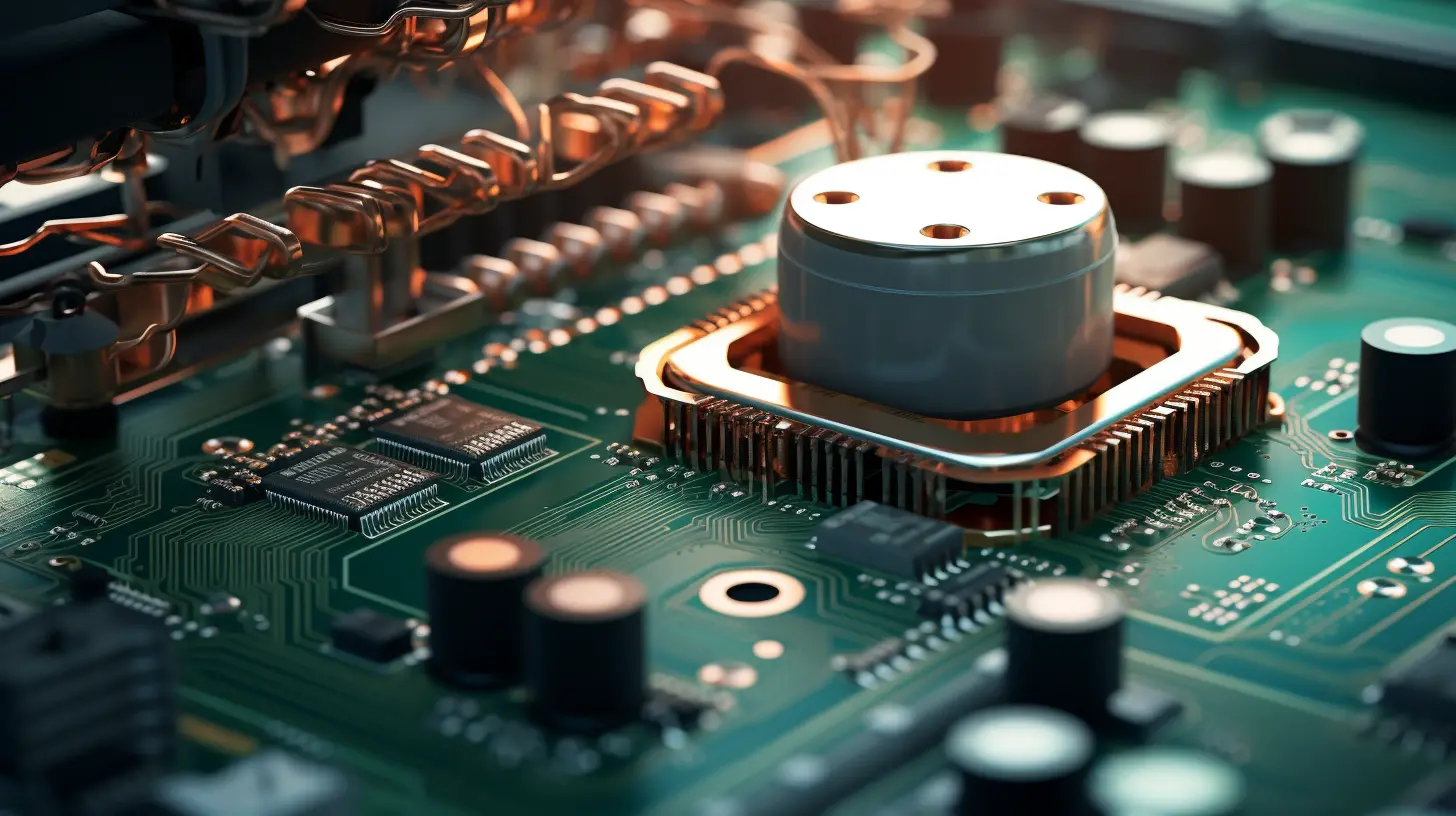In the fast-evolving landscape of electronics, the demand for advanced circuit board technology has never been higher. Multi-Layer High Density Interconnect (HDI) PCBs have emerged as a leading solution, offering a wealth of advantages that cater to modern electronic requirements.

One of the primary benefits of Multi-Layer HDI PCBs is their ability to enhance performance through increased component density. This is achieved by utilizing microvias and blind/buried vias, allowing designers to create intricate circuit paths while minimizing the overall footprint.
As electronic devices become smaller and more powerful, size reduction is critical. Multi-Layer HDI PCBs accomplish this by supporting more layers in a compact design, ensuring that manufacturers can meet consumer demands without compromising on functionality.

With the integration of advanced materials and fabrication techniques, Multi-Layer HDI PCBs demonstrate improved reliability in various applications. The enhanced thermal management and electrical performance result in a longer lifespan for devices, a critical factor in maintaining competitiveness in the market.
As technology continues to advance, Multi-Layer HDI PCBs are expected to play a pivotal role in the future of circuit board design. Manufacturers who adopt this technology now will be well-positioned to lead in innovation and meet the continuous demands of the electronics industry.

In conclusion, Multi-Layer HDI PCBs represent a significant advancement in circuit board technology. By leveraging their capabilities, companies can enhance performance, reduce size, and ensure reliability, ultimately unlocking innovation in the electronics sector.
